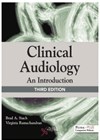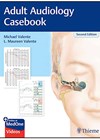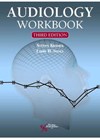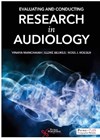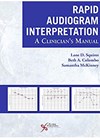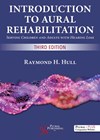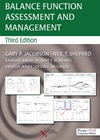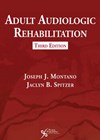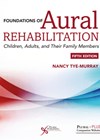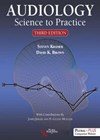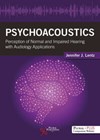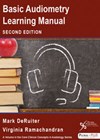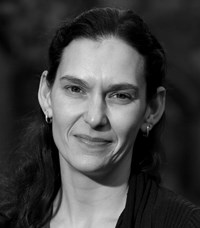
Book Reviews
Clinical Audiology: An Introduction - Third Edition
Clinical Audiology: An Introduction - Third Edition is intended as a course book for students in audiology. It is aimed primarily at students in the USA, although it would also be suitable for students in other countries. It is a...
Adult Audiology Casebook (2021)
Diagnostic audiology is one of my passions so, naturally, the title of this book was an attractive proposition for the clinician in me – and I wasn’t disappointed! It is seldom that you will learn so much in both the...
Audiology Workbook – Third Edition
The Audiology Workbook (third edition) is aimed at students completing an audiology degree. It is designed as an accompaniment to the authors’ textbook, but I feel it could be used as a standalone workbook for any student audiologist. It asks...
Evaluating and Conducting Research in Audiology
As the only textbook available on research methods in audiology, this book seems likely to be rapidly added to reading lists for undergraduate students. The authors draw on their extensive experience to guide readers through every stage of the research...
Rapid Audiogram Interpretation: A Clinician’s Manual
This book is a manual and a workbook to systematically understand and interpret an audiogram for those who are new to audiometry such as residents, trainees and students. It is a worthy reference guide even to well-established practising clinicians. The...
Introduction to Aural Rehabilitation Serving Children and Adults with Hearing Loss - Third Edition
As the name indicates, this book deals with the bread and butter of audiologists or at least what should be our bread and butter. We work with changing people in changing environments, therefore, along with an acute understanding of technology,...
Balance Function Assessment and Management – Third Edition
Now in its third edition, this textbook provides an extensive amount of up-to-date information on the assessment and management of the vestibular system. Four new editors have been recruited for this edition and all chapters have been reviewed and reorganised...
Adult Audiologic Rehabilitation – Third Edition
This book builds a vivid picture of adult audiologic rehabilitation in the past, present and future. It considers a holistic view of hearing rehabilitation and introduces new research and ideas which I hope will shape hearing services of the future....
Foundations of Aural Rehabilitation: Children, Adults, and Their Family Members – Fifth Edition
Nancy Tye-Murray leaves no stone unturned in her fifth edition of Foundations of Aural Rehabilitation: Children, Adults and Their Family Members. The exhaustive but not exhausting content offers a three-dimensional insight into the process of (re)habilitation in the clinical setting...
Audiology Science to Practice - Third Edition
The authors provide a comprehensive introduction to audiology for students and clinicians in audiology and related professions. The textbook has a favourable layout: chapters are organised logically and begin with a set of learning objectives providing a preview of what...
Psychoacoustics: Perception of Normal and Impaired Hearing with Audiology Applications
The field of psychoacoustics and the practice of audiology have always been curious bedfellows. In the clinic, we commonly assess patients’ hearing ability through pure-tone detection, a classic psychoacoustical phenomenon, but just one of the many, many ways in which...
Basic Audiometry Learning Manual - Second Edition
The challenge of teaching students pure tone audiometry is that whilst core principles can be delivered in the classroom, a deeper understanding of audiological testing only arises from practice. Yet, if left unguided in this practice, trainee audiologists can fail...

